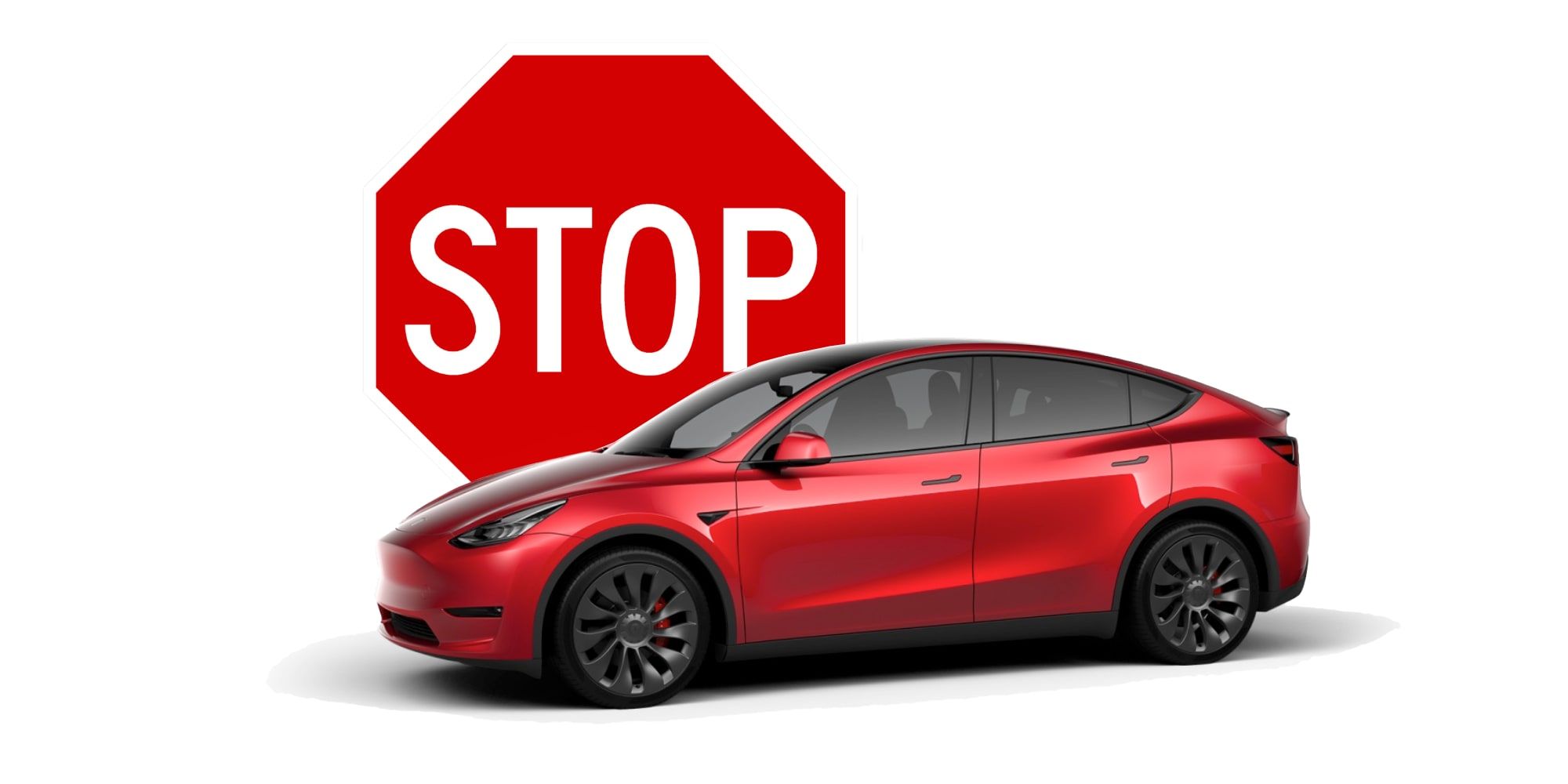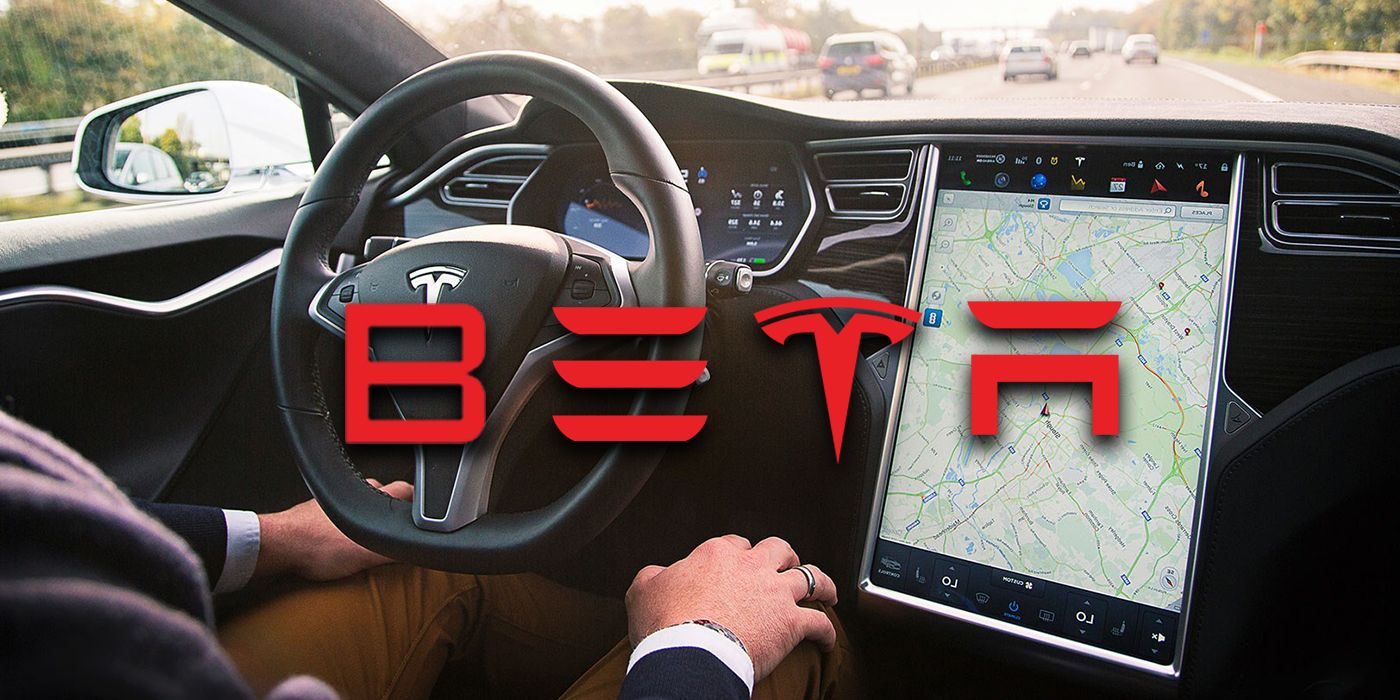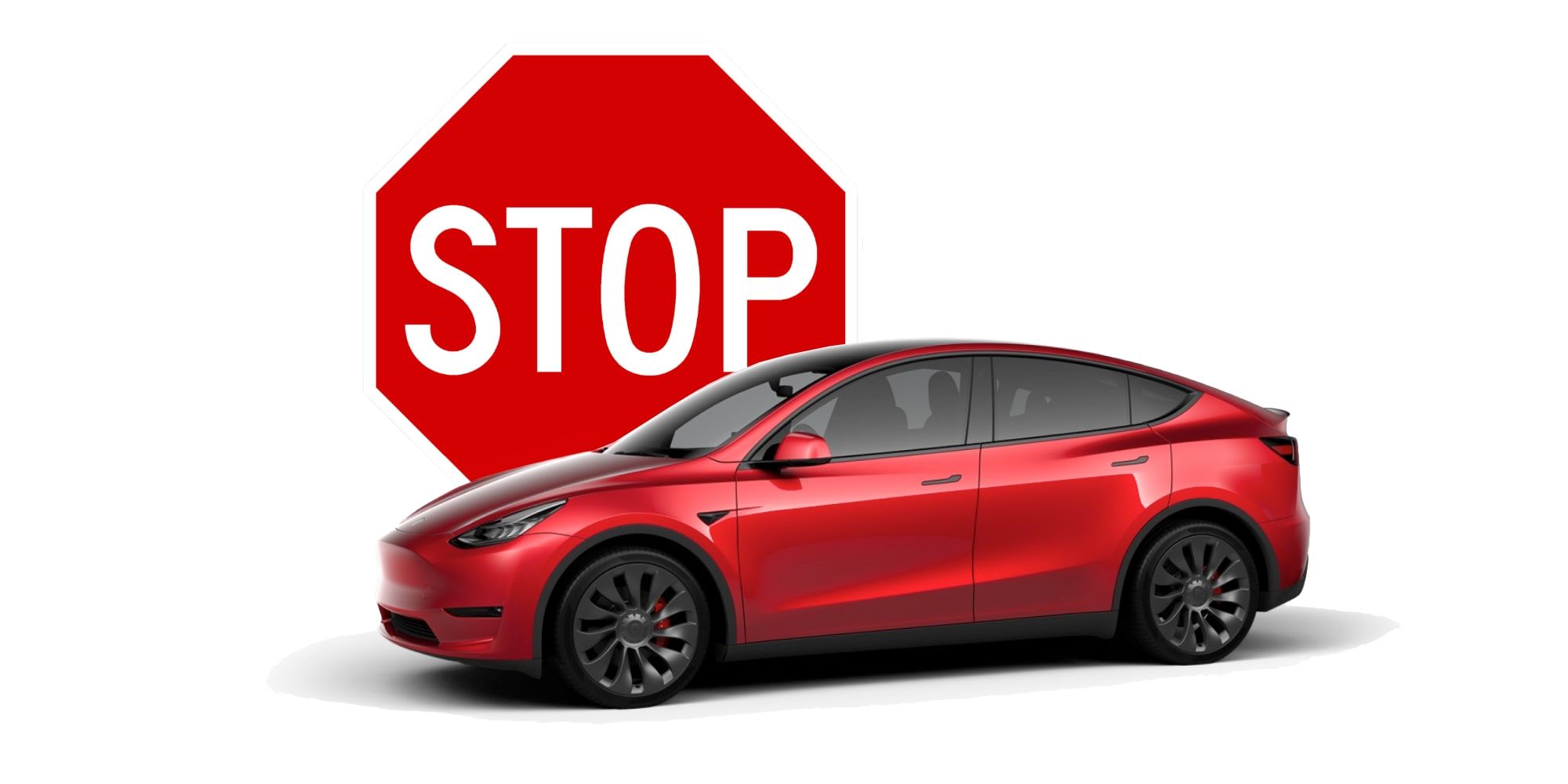
Tesla recently revealed how its driver safety score is determined, but trying to get a high score might not be the safest way to drive. If the insurance calculator gives a low score, the latest full self-driving beta can’t be downloaded, even for those that have already paid. This is leading to some questionable attempts to game the system.
Tesla’s full self-driving (FSD) beta 10.1 is said to be so smooth and reliable that the driver might become overly relaxed, lulled into a degree of trust that is unwarranted at this time. Autopilot and FSD both require the driver to stay alert and ready to take the wheel or apply the brakes if the computer makes a critical error.
Related: Elon Musk Explains How To Stop A Tesla On Autopilot Or FSD From The Outside
Tesla recently posted the details of its insurance calculator, revealing how a driver safety score is determined, such as using a formula that predicts collision frequency. Naturally, the goal is to avoid crashing and the theory seems to be that a driver that meets certain safety criteria will be better able to handle a self-driving car that, while almost good enough to drive on its own, is not quite ready to be unsupervised. However, as Consumer Reports explains, some might be trying to find ways to beat the system to ensure success, including rolling through stop signs which is quite the opposite of safe driving.

Tesla’s car insurance calculator weights each of five categories that are being watched. In the formula Tesla describes, keeping hands on the wheel while using Autopilot is multiplied by 1.32, giving it a stronger effect on the final tally than others. Holding the steering wheel makes it easier to correct errors in lane positioning, proximity to vehicles, signs, and other road hazards that the computer might misinterpret. Hard braking counts as a mistake and has a multiplier of 1.13. This is what is leading some drivers to consider avoiding the brake as much as possible, increasing the possibility of making a potentially dangerous mistake. The remaining three categories are split somewhat evenly among ‘aggressive turning,’ ‘unsafe following time,’ and ‘forward-collision warning per 1,000 miles,’ all of which should be avoided.
The Safety Score is normally computed over 30 days, however, Tesla is using a seven day score initially, perhaps rushing a bit on this important decision. Ideally, Tesla should be measuring each driver’s ability to take control of the vehicle in an unsafe situation. Reaction time and driving experience might be among the best ways to identify who could handle FSD’s mostly reliable but occasionally confused behavior. Driving slowly, taking it easy around corners, and avoiding stops is not at all the same thing. If Tesla is attempting to find a way to qualify test drivers with insufficient data, it could lead to serious problems and long delays.
Next: Tesla’s Latest Self-Driving Update Is Only For Good Drivers
Source: Tesla, Consumer Reports
Article Source and Credit screenrant.com https://screenrant.com/tesla-safety-score-details-gamification-unsafe-driving-fsd/ Buy Tickets for every event – Sports, Concerts, Festivals and more buytickets.com

Leave a Reply
You must be logged in to post a comment.